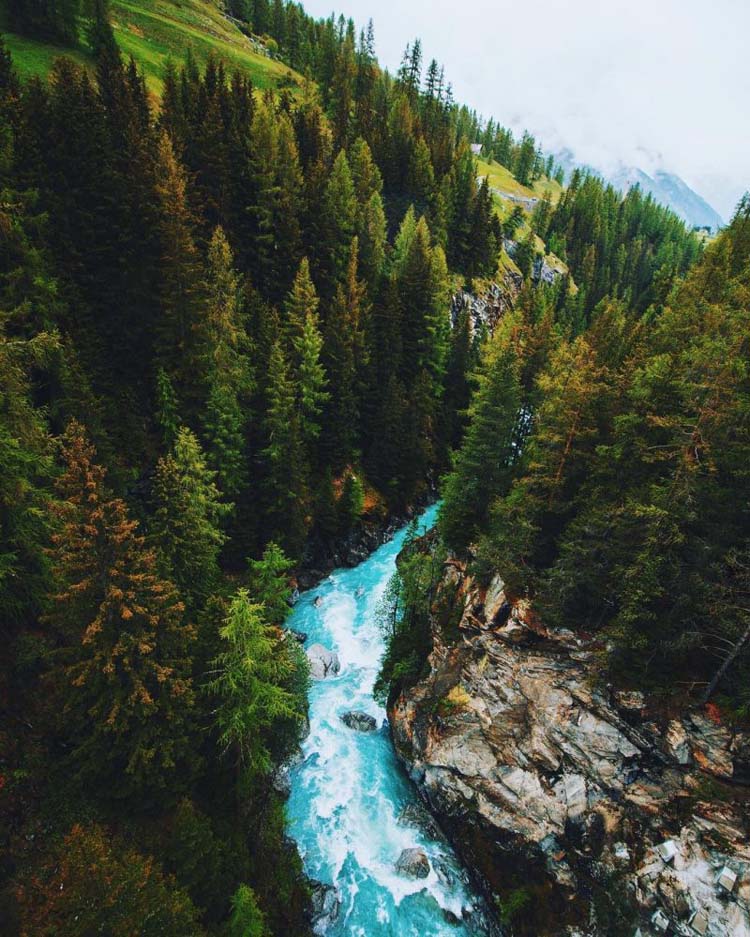

For instance, car tracks could divide a grassy field vertically, bringing beauty into an otherwise unremarkable scene. Returning to the concept of lines in landscape photography, you could play with diagonal, horizontal or vertical lines in your composition. Find Diagonals, Horizontals, and Verticalsįraming and the rule of thirds are two reliable ways to compose a photograph, but they’re not the only options. For example, rocky cliffs could frame a foggy seascape, and a shady forest could frame a snow-capped mountain.ģ. A partial frame can achieve the same effect. You don’t need to have a complete, four-sided frame.

This same effect can be used in landscape photography, too. Consider the landscape paintings of artists such as Maxfield Parrish, who used boulders and tree branches to frame scenic views.
BEAUTIFUL LANDSCAPE PHOTO FULL
Instead, counterbalance it with other elements to show off the full beauty of the scene.Īhmad Syukaery – Lewotolok Beach, LembataĪnother way to compose a landscape is to use elements within the scene to frame the subject. This arrangement helps to balance the scene and guide the viewer to the photo’s focal points.įor landscapes, it’s best to avoid setting the main subject in the dead center of the grid. Then, try positioning any points of interest at the intersections of the grid. Simply divide your composition into three vertical and three horizontal rows to create a nine square grid. The first and perhaps most basic principle is the rule of thirds. Use the Rule of Thirds in Your Landscape Compositions To bring these lines into balance, try composing your image according to the following rules of composition: 1. Balancing these lines is crucial if you want to create beautiful landscape images. A standard landscape photo has three distinct “lines”: a horizon, a foreground, and an area with the subject. A landscape photo can have remarkable clarity and ideal lighting, yet still fail short due to poor composition.įortunately, the composition of landscape photos is fairly simple. In fact, the key to amazing landscape photography may actually lie in composition. Getting great landscape (and seascape) photography takes more than just the right lens or the proper setup. We’ll cover the following topics in this tips article: We think to ourselves, “how can something look so incredible in person but so dull in camera?” Well we’re here to help with these landscape photography tips, ideas and inspiration. But sometimes we take a picture and feel underwhelmed by the results. Natural scenes, from mountains to forests to oceans, is sometimes too beautiful to escape capture from our cameras. Landscape photography is one of the first genres of photography that many photographers begin to explore.


 0 kommentar(er)
0 kommentar(er)
